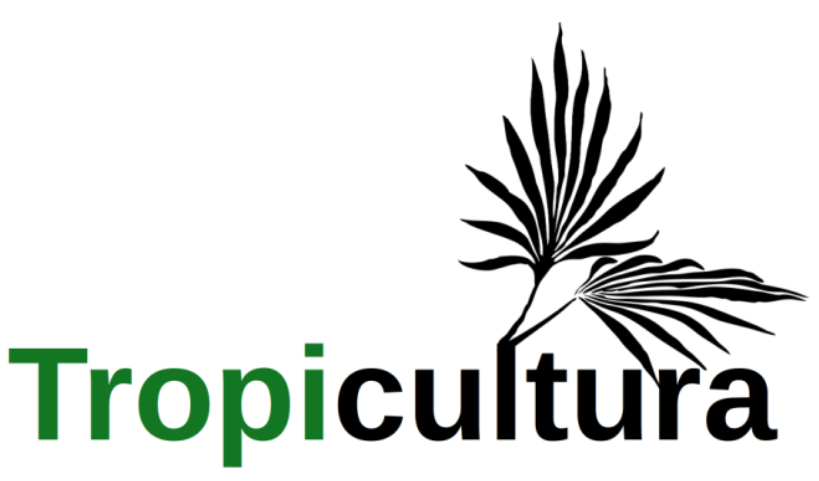- Accueil
- Volume 34 (2016)
- fascicule 1
- Effet de l’application d’engrais minéral complet NPK et de biochar sur les performances de la culture pure du manioc et de l’association manioc - maïs dans les conditions du plateau des Batéké en République Démocratique du Congo (RDC)
Visualisation(s): 171 (0 ULiège)
Téléchargement(s): 292 (0 ULiège)
Effet de l’application d’engrais minéral complet NPK et de biochar sur les performances de la culture pure du manioc et de l’association manioc - maïs dans les conditions du plateau des Batéké en République Démocratique du Congo (RDC)

Document(s) associé(s)
Version PDF originaleRésumé
Dans le but de mettre au point un système de culture durable adapté aux conditions du plateau des Batéké, un essai préliminaire a été réalisé entre janvier 2012 et mars 2013 au niveau du domaine agro-forestier d’Ibi sur ouverture d’une jachère de 10 ans (dont les trois dernières années sans destruction du couvert végétal par les feux de brousse) dans un sol sableux selon un dispositif en blocs aléatoires complets avec 4 répétitions. Cinq objets ont été comparés: la culture pure du manioc (variété Maribuata) avec et sans application de 40 kg N, 40 kg P2O5 et 40 kg K2O ha-1, la culture associée du manioc et du maïs (variété Samaru) avec et sans application de 40 kg N, 40 kg P2O5 et 40 kg K2O ha-1, et la culture associée du manioc et du maïs, avec application de 40 kg N, 40 kg P2O5, 40 kg K2O ha-1 et de 15 tonnes ha-1 de biochar. Les résultats obtenus montrent que dans les conditions édapho-climatiques de l’essai, l’installation simultanée du manioc et du maïs en début de petite saison des pluies permet d’obtenir une valeur ajoutée brute nettement supérieure à celle de la culture pure du manioc. L’application de la dose d’engrais minéral testée n’améliore pratiquement pas la valeur ajoutée brute du manioc cultivé en pur et profite principalement au maïs quand il est associé au manioc en l’absence d’application de biochar. L’application combinée d’engrais minéral et de biochar permet de quasiment doubler les quantités de manioc et tripler celles de maïs récoltées par ha par rapport au témoin ne recevant pas d’intrants. Le bénéfice brut généré par l’association manioc–maïs avec apport d’engrais minéral et de biochar est environ deux fois plus important qu’en cas d’absence d’application d’intrants. L’application combinée de biochar et d’engrais minéral s’est traduite par une augmentation importante du pH. Ce qui a dû s’accompagner par une meilleure disponibilité du phosphore, du calcium et du magnésium présents dans le sol.
Abstract
In order to develop a sustainable farming system adapted to the conditions of the Batéké plateau, a preliminary trial was conducted between January 2012 and March 2013 at the Ibi agro-forestry domain after a fallow of 10 years (the last three years without destruction of the vegetation by bush fires) in sandy soil according to a randomized complete block design with four replications. Five treatments were compared: the cassava sole cropping (Maribuata variety) with and without application of 40 kg N, 40 kg P2O5 and 40 kg K2O ha-1, cassava and maize (Samaru variety) intercropping with and without application of 40 kg N, 40 kg P2O5 and 40 kg K2O ha-1, and cassava and maize intercropping with application of 40 kg N, 40 kg P2O5, 40 kg K2O ha-1 and 15 t ha-1 of biochar. The results show that in the edaphic and climatic conditions of the test, the simultaneous installation of cassava and maize at the start of short rains provides a gross added value significantly higher than that of cassava sole cropping. The application of mineral fertilizers hardly improves the gross value added for cassava sole cropping while they however benefits to maize when it is associated with cassava in absence of biochar application. The combined application of mineral fertilizer and biochar make it possible to almost double cassava yield and triple the one of maize compared to the no-input control. Gross profit generated by the combination of cassava and maize with mineral fertilizers and biochar application is about twice higher than what is obtained for the control. The combined application of biochar and mineral fertilizer resulted in a significant increase in pH. This should have been accompanied by improved availability of Phosphorus, Calcium and Magnesium in the soil.







